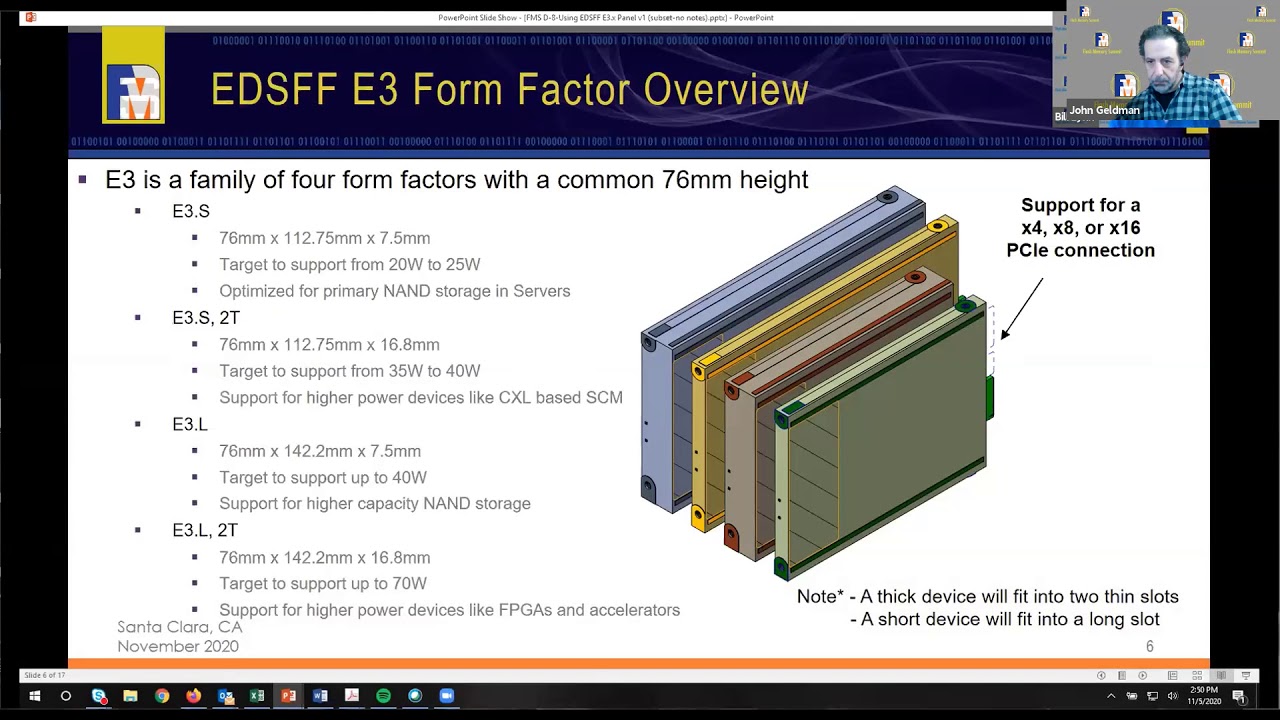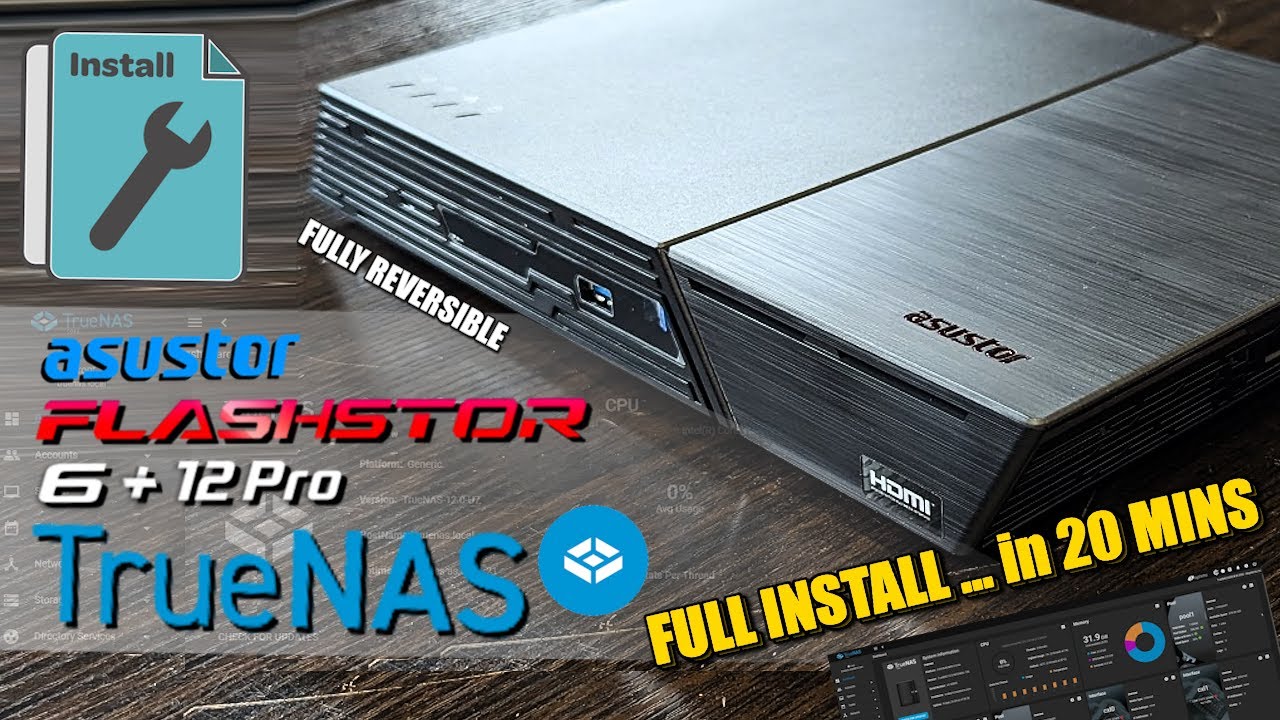Hello fellow IT Humans!
I have been wanting to build an NVME homelab for a long while and i am stuck on parts.
As what i have understand is that i need an AMD Epyc processor and a mobo with alot of 16x PCI-E Lanes that supports Bifurcation.
Can anyone post an Ebay posting selling that i need as my anxiety to do wrong here is crippling.
My better half hates the sound of my fileserver(Unraid, HDD) so it will be an offsite backup server and this NVME one will be a quiet homeserver.
As it will be an NVME should i go with Truenas, so many questions! 
Happy for any reply
Best regards
Tim
There’s an Asus device for your use case, but I can’t recall the exact name. Thing is, EPYC by itself isn’t exactly quiet. I know, I have a few systems, all of which are offline now  (and I don’t have someone to complain about the noise
(and I don’t have someone to complain about the noise  )
)
AMD EPYC 7262 CPU Processor 8 Cores 3.2-3.4GHz l3 128MB 155W SP3 UnLocked | eBay i bought this one it has not so much heat output and does not use soooo much idle power. It is an second Gen Epyc CPU “Rome”
from here on you can use one of those
but what is your usecase, what do you want to run on it? For me 8 Cores are more than enough since it just host my NVME Data over a 100GbE Link and feeds my GPU with AI workloads.
and whats you budget? i think as cheap and still fine as possible.
2 Likes
I literally came here to @wertigon.
4 Likes
Yes Flashstor is still the cheapest way to do a full NVMe NAS setup and it is sufficient if you are looking for something with:
- A low power footprint (max 30W) …
- With modest computer power …
- And storage requirements at 40 TB or below
The Flashstor 12 bay got that corner covered quite well, and other similar devices will soon follow. The Flashstor achieves this feat, however, by using a PCIe switch.
In other words, the Flashstor is built to max a single 10 GbE internet connection and can do some transcoding and that is about the extent of what that device can do. If that is your jam knock yourself out!
https://a.co/d/jbDHAdG
However, something tells me the OP wants to max their system; if that is the case a dinky one-3.0-lane-per-drive is not going to cut it by a long shot.
For that, start by looking at a rack case with hot swappable E.1L slots. Here is a video explaining more. The Flashstor is only the beginning. 
2 Likes
 What do you mean?
What do you mean?
I will not use 100% Fans running, the issue has been the HDD vibration
Good value but super loud.
Oh my usecase it just Filestorage, some labs/VMs , plex and other docker.
I am currently trying to learn more Linux things, my budget is 3000$ ± 500$
Is Truenas the way to go? What i know Unraid does not support NVMe yet with Trim and other stuff i need to read up on…
In Truenas can i keep building the pool as i go simular to unraid or do i need to have all NVMes set from the start?
Looking into your links  thanks
thanks
That would be perfect, but feels like the CPU is lacking?
Gonna google it some more, can i install Truenas on that thing?
TrueNAS, yes definitely:
Is the CPU too limited? That depends, for maxing a dual 2.5G or 10G interface it works fine, but for software accelerated transcoding, no. It will not do that very well. Internal transfer speeds will be twice the speed of SATA or so, but they will not utilize the full bandwidth for sure.
If you are worried, other all-flash NAS boxes are starting to come out on the market, this one for instance has a much beefier CPU:
https://www.amazon.com/dp/B0CPRQFCL6
The age of m.2 consumer NAS is finally here 
Ok, thats very good to know. Then Epyc is not the way to go. The Asustor is fine for what you want. The Intel IGPU is fine for Plex. but this one will be much better
https://www.amazon.com/dp/B0CPRQFCL6
it uses an 13th gen Intel the IGPU is very capable for Plex and SRIOV so you can use it in VMs and Docker at the same Time, there is a good thread on th Unraid Forum in which we made a working Plugin for that usecase.
Unraid does use ZFS as a filesystem like Truenas and will be much more userfriendly in terms of Docker applikations, i strongly recommend Unraid and the community is just amazing 
No when using ZFS in the state it is right now you can only add so called VDEVs in groups to an existing Pool, the trick is just Keept the VDEs “small” like 3 Disks then add 3 Disks in a VDEV later on. It will be possible in the “near” future to add drives one by one. All this is true for Unraid AND Truenas with NVME drives AND HDDs with ZFS.
See you on the Unraid Forums then.
![]()

